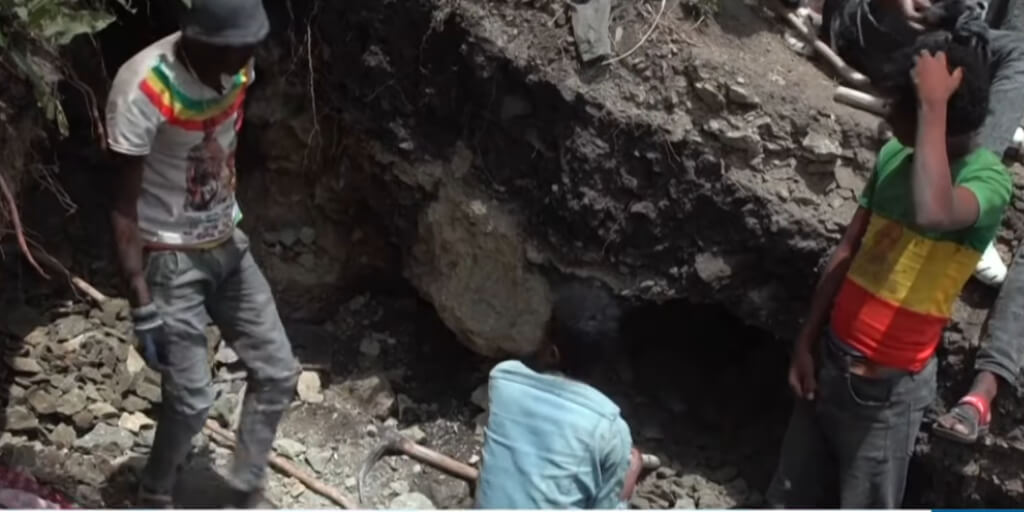EU Directive On Dreamliner Safety Expected Soon
(WSJ)Europe’s air-safety regulator Tuesday said it expected to issue a directive within days on the airworthiness of 787 Dreamliners, following the fire inside a parked Ethiopian Airlines 787 10 days ago, in line with similar instructions being prepared by U.S. authorities and the aircraft’s manufacturer, Boeing Co. BA +0.86%
The European Aviation Safety Agency, a counterpart of the U.S. Federal Aviation Administration, is expected to advise airlines to inspect, and possibly replace, emergency-locator transmitters made by Honeywell International Inc. HON +0.28% Britain’s Air Accidents Investigation Branch last week linked the emergency beacons to the fire, which occurred while the 787 was parked away from terminal buildings at London’s Heathrow Airport.
“We plan on issuing a directive in the next few days but can’t be more specific on details at the moment,” an EASA spokesman said.
ELTs act as a distress beacon on aircraft and the Ethiopian 787’s transmitter was identified by British investigators in their interim report as a possible cause of the fire or instrumental in spreading the flames in the rear of the unoccupied jetliner. The AAIB report stopped short of definitely concluding that the device sparked the fire, which burned near the tail, between insulation and the plane’s carbon-fiber skin.
On Friday the FAA said it would mandate inspections of the devices in coming days and that airlines would be asked to look for “proper wire routing and any sign of wire damage or pinching,” referring to the connections between the transmitters, or ELTs, and the lithium batteries that power them. In addition, an FAA statement said inspections should look for unusual signs of heating or moisture inside battery compartments.
Boeing in a statement on Friday said it has provided instructions to operators on performing the inspections. It also will issue its own guidance highlighting that 787 operators have the choice of checking the transmitters or voluntarily removing them.







